Sweet paprika and smoked paprika are two distinct spices with different flavors and uses. Sweet paprika is mild and slightly sweet, while smoked paprika has a rich, smoky flavor. Here's how to tell them apart and when to use each one in your cooking.
Table of Contents
- Introduction
- Understanding the Two Faces of Paprika
- What Exactly Is Smoked Paprika?
- All About Sweet Paprika
- Head-to-Head: Sweet vs. Smoked Paprika
- How to Use Each Type in Your Cooking
- Frequently Asked Questions
- Buying Guide: Choosing the Right Paprika for You
- Conclusion
Understanding the Two Faces of Paprika
Paprika may look uniform in the bottle, but its personality changes depending on where it comes from and how it's processed. There are three main categories, but today we focus on two:
- Sweet Paprika
- Smoked Paprika (Pimentón)
Both start with dried peppers, but the final product depends heavily on the pepper variety and processing method. Let's dive deeper into each one!
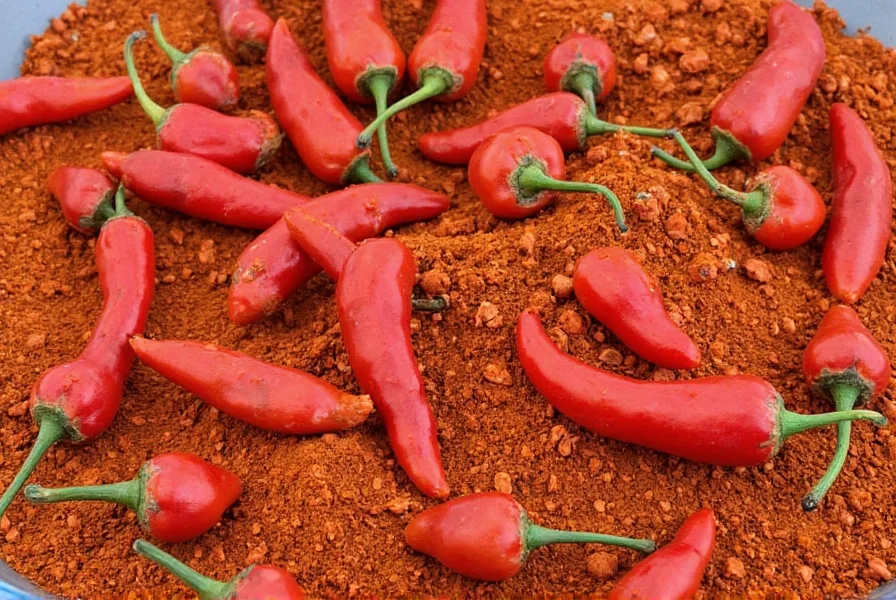
What Exactly Is Smoked Paprika?
Also known as pimentón de la Vera, smoked paprika hails mainly from Spain and is made by slowly smoking ripe red peppers over oak wood fires for several days. The result? A deep, rich, smoky flavor that adds complexity and aroma to any dish.
Varieties of Smoked Paprika
- Pimentón Dulce: Mild and slightly sweet with smoke
- Pimentón Agridulce: Slightly bitter and medium-smoke level
- Pimentón Picante: Spicy version with more heat and intense smoke
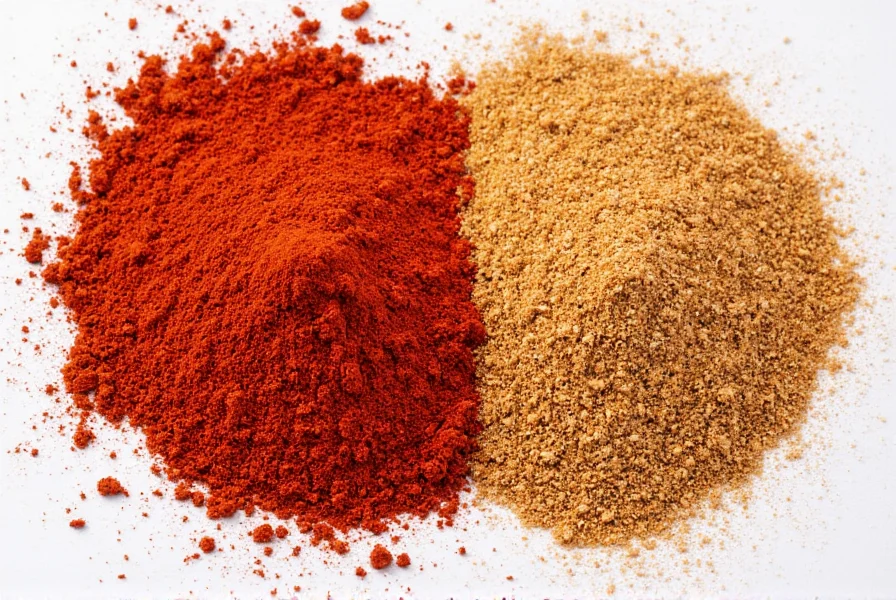
All About Sweet Paprika
Sweet paprika is the milder, brighter sibling of the paprika family. It's usually made from less fiery peppers like bell peppers and has a vibrant red color and mild, almost fruity flavor. This type of paprika doesn't bring much heat, but it contributes a beautiful hue and subtle earthy sweetness to food.
Where Does Sweet Paprika Shine?
- In creamy sauces (think deviled eggs or potato salad)
- In soups and stews for color and flavor lift
- In rubs for chicken or seafood where subtlety matters
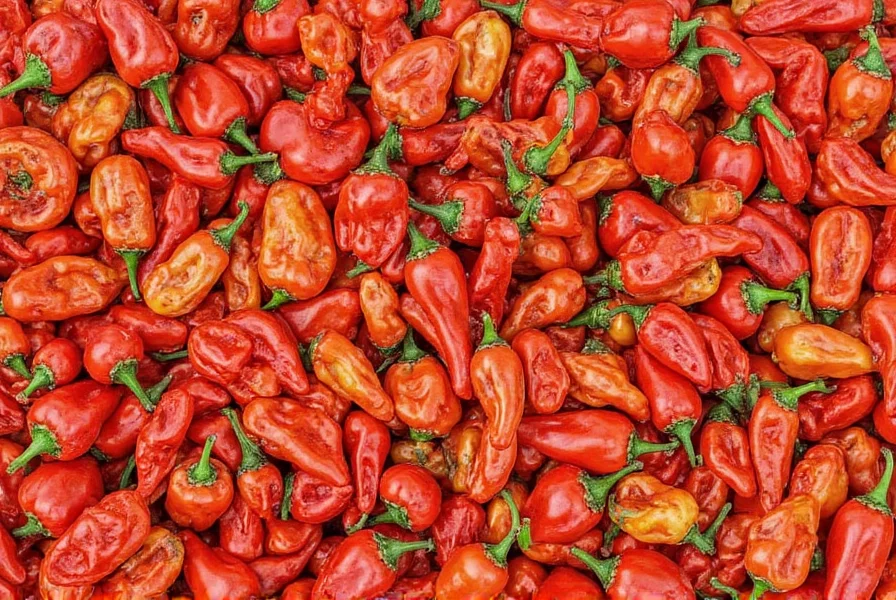
Head-to-Head: Sweet vs. Smoked Paprika
To help you understand when to reach for which jar, here's a quick comparison chart:
| Feature | Sweet Paprika | Smoked Paprika |
|---|---|---|
| Flavor Profile | Mild, sweet, slightly earthy | Rich, smoky, complex |
| Origin | Hungary, Central/Eastern Europe | Spain, especially Extremadura region |
| Heat Level | Low to none | Varies (mild to spicy) |
| Color Intensity | Bright red | Deep crimson to dark red |
| Common Uses | Dips, sauces, goulash, rice | Grilling, paella, BBQ rubs, stews |
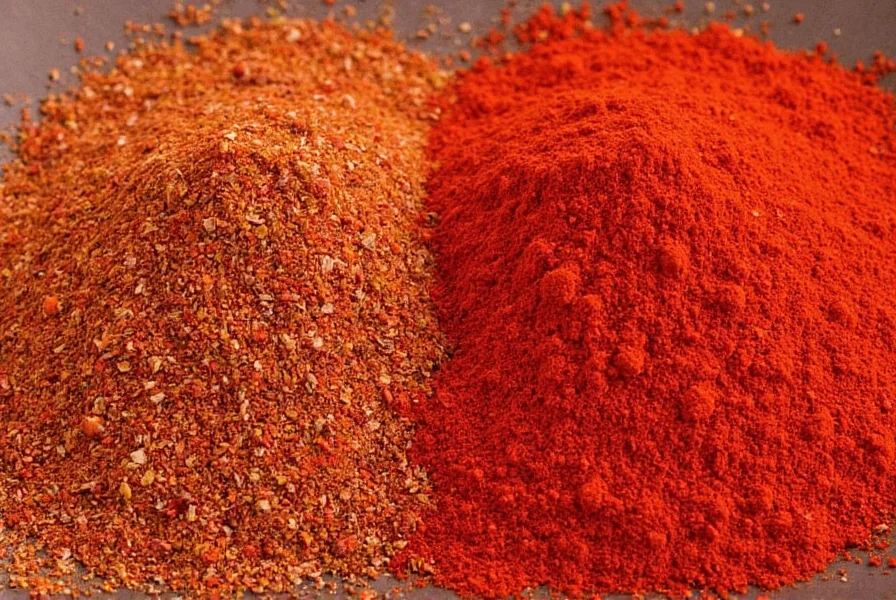
How to Use Each Type in Your Cooking
Now that you know the basics, let's get practical. Here are some pro tips and recipe ideas for both sweet and smoked paprika.
Using Sweet Paprika
- Add at the beginning of cooking for a gentle infusion of flavor.
- Sprinkle on top of finished dishes like deviled eggs or potato salad for visual appeal.
- Mix into batters for a hint of color and flavor in cornbread or pancakes.
Using Smoked Paprika
- Rub it into meat before grilling or roasting for a smoky crust.
- Add during sautéing to deepen the flavor of onions, garlic, or tomatoes.
- Boost vegetarian dishes like grilled eggplant or lentil stews with a meaty depth.
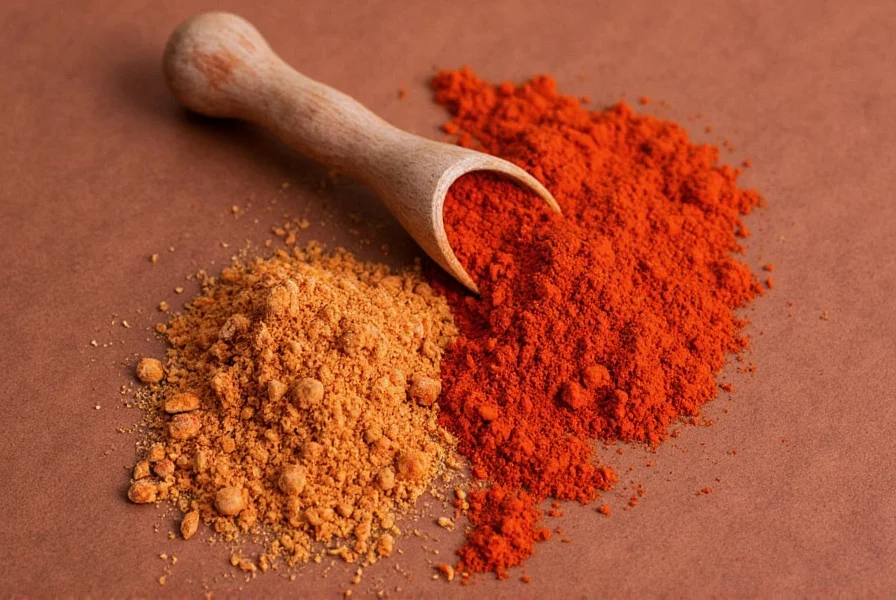
Frequently Asked Questions
What's the main difference between sweet and smoked paprika?
The main difference is in processing and flavor. Sweet paprika is made from dried, non-smoked peppers and has a mild, slightly sweet, earthy flavor. Smoked paprika (pimentón) is made by smoking peppers over oak fires, giving it a distinctive rich, smoky flavor. They come from different regions too—sweet paprika is typically Hungarian while smoked paprika originates from Spain.
Can I substitute sweet paprika for smoked paprika (or vice versa)?
You can substitute in a pinch, but the flavor profile will change significantly. If substituting sweet for smoked, try adding a pinch of liquid smoke or chipotle powder for smokiness. If substituting smoked for sweet, use about half the amount since smoked paprika has a stronger flavor. For best results, use the type specified in recipes, especially for traditional dishes like Spanish paella or Hungarian goulash.
Which paprika is hotter—sweet or smoked?
Neither is inherently hotter—heat level varies by specific product. Both sweet and smoked paprika come in mild, medium, and hot varieties. "Sweet" refers to the absence of heat, not actual sugar content. Smoked paprika can be found as dulce (sweet/mild), agridulce (bittersweet), or picante (spicy). Always check the label for heat indicators.
How long does paprika last, and how should I store it?
Paprika keeps its best flavor for 1-2 years when stored properly. Store in an airtight container away from light, heat, and moisture. A dark cupboard is better than clear spice racks near the stove. For longest shelf life, consider storing in the refrigerator or freezer. Properly stored paprika will maintain its vibrant color and flavor longer.
Does sweet paprika actually contain sugar?
No, sweet paprika does not contain added sugar. The term "sweet" refers to the mild, non-spicy flavor profile compared to hot paprika varieties. It's made from sweet pepper varieties like bell peppers that naturally have a mild, slightly sweet taste without capsaicin heat.
What dishes work best with each type of paprika?
Sweet paprika shines in Hungarian goulash, deviled eggs, potato salad, creamy sauces, and as a colorful garnish. Smoked paprika is essential for Spanish paella, chorizo, BBQ rubs, roasted vegetables, and adding depth to vegetarian dishes that need "meaty" flavor. Sweet paprika works well where subtle flavor is needed, while smoked paprika makes a bold statement.
Can I use smoked paprika in Hungarian goulash?
Traditional Hungarian goulash uses sweet paprika for its characteristic red color and mild flavor. Smoked paprika would alter the authentic taste, but it can work in modern variations if you want a smoky twist—just use half the amount to avoid overpowering the dish.
Is smoked paprika the same as chipotle powder?
No. Chipotle powder is made from smoked jalapeños and has a distinct smoky heat, while smoked paprika comes from bell peppers and ranges from mild to spicy. Chipotle is hotter and more intense, while smoked paprika offers a deeper, more complex smokiness without excessive heat.
How do I know if my paprika is fresh?
Check the color: fresh paprika should be vibrant red. Rub a pinch between your fingers—it should have a strong, sweet aroma. If it smells musty or lacks color, it's likely stale. Always buy from reputable brands with clear packaging dates.
Buying Guide: Choosing the Right Paprika for You
Not all paprika is created equal. With so many brands and varieties out there, how do you pick the best one for your needs?
What to Look For
- Freshness: Choose recently packaged paprika for maximum flavor and color.
- Label Clarity: Check if it specifies "sweet" or "smoked." Some labels just say "paprika," so read carefully.
- Country of Origin: Authentic Spanish smoked paprika will say "Pimentón de la Vera" on the label.
- Storage Tips: Keep away from light and moisture; a sealed glass jar works best.
Recommended Brands
Here are some trusted picks for both sweet and smoked paprika:
| Brand | Type | Features | Best For |
|---|---|---|---|
| McCormick Paprika | Sweet | Consistent quality, affordable, widely available | Everyday cooking, baking, seasoning |
| La Dalia Pimentón | Smoked (Mild) | Authentic Spanish smoked paprika, natural drying process | Paella, stews, and slow-cooked dishes |
| Bravado Pepper Co. | Smoked (Hot) | Hand-smoked in small batches, bold flavor | BBQ rubs, grilled meats, adventurous eaters |
| Kalustyan's Hungarian Paprika | Sweet | High-quality, organic option | Health-conscious cooking, gourmet goulash |
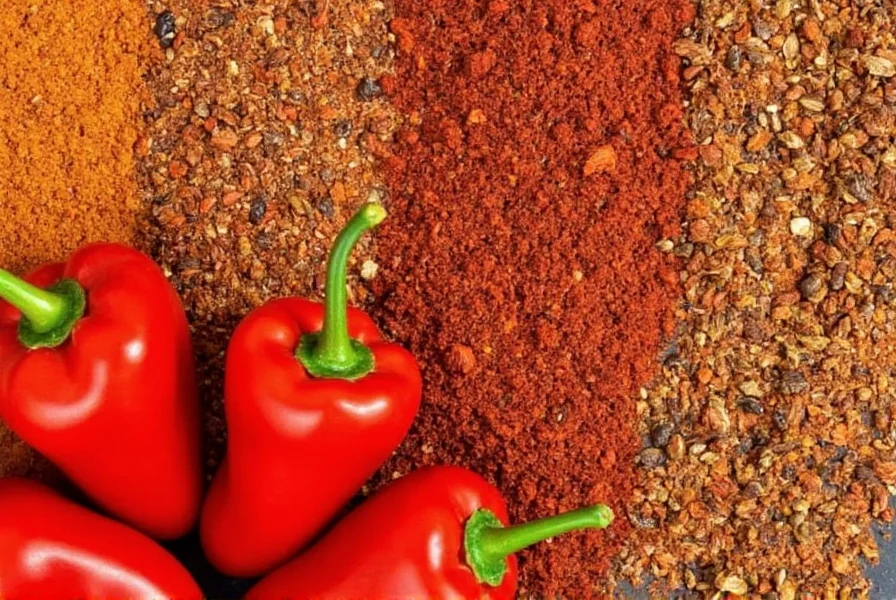
Conclusion
Whether you're drawn to the gentle warmth of sweet paprika or the sultry allure of smoked paprika, both spices offer incredible versatility and flavor potential. Now that you know how to tell them apart and how to use them like a pro, don't be afraid to experiment with these two kitchen heroes.
Remember, a little goes a long way. Start with a pinch, taste, and adjust. And always store your paprika properly to keep its flavor fresh and potent. Happy spicing!
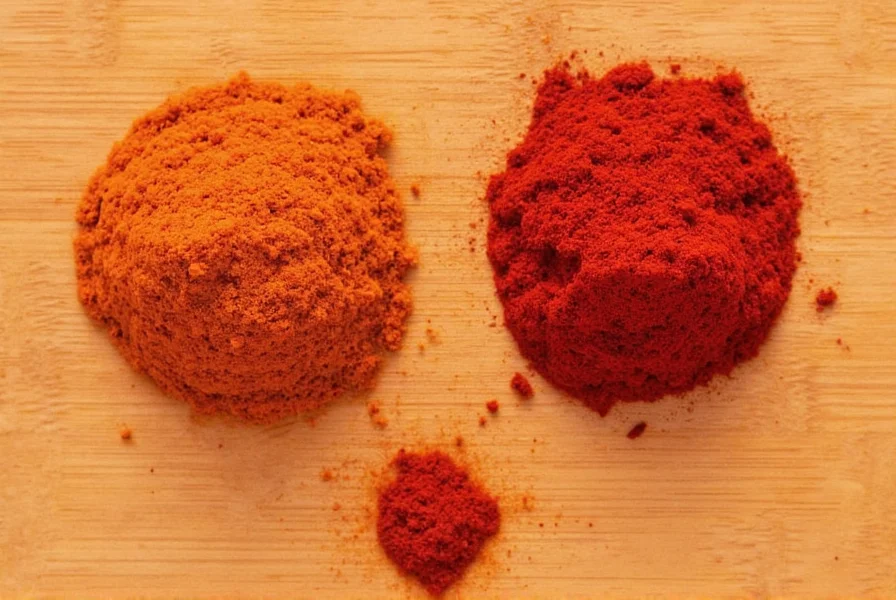
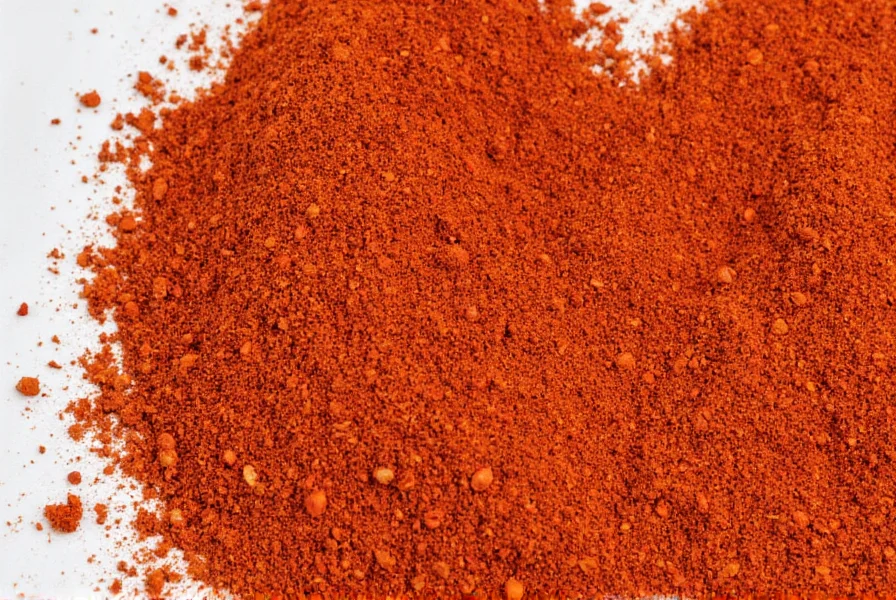

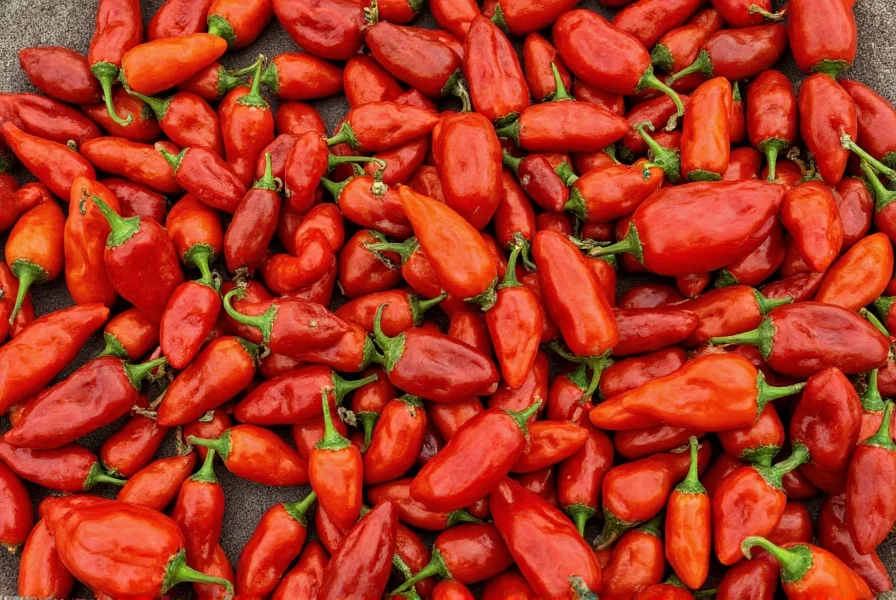









 浙公网安备
33010002000092号
浙公网安备
33010002000092号 浙B2-20120091-4
浙B2-20120091-4